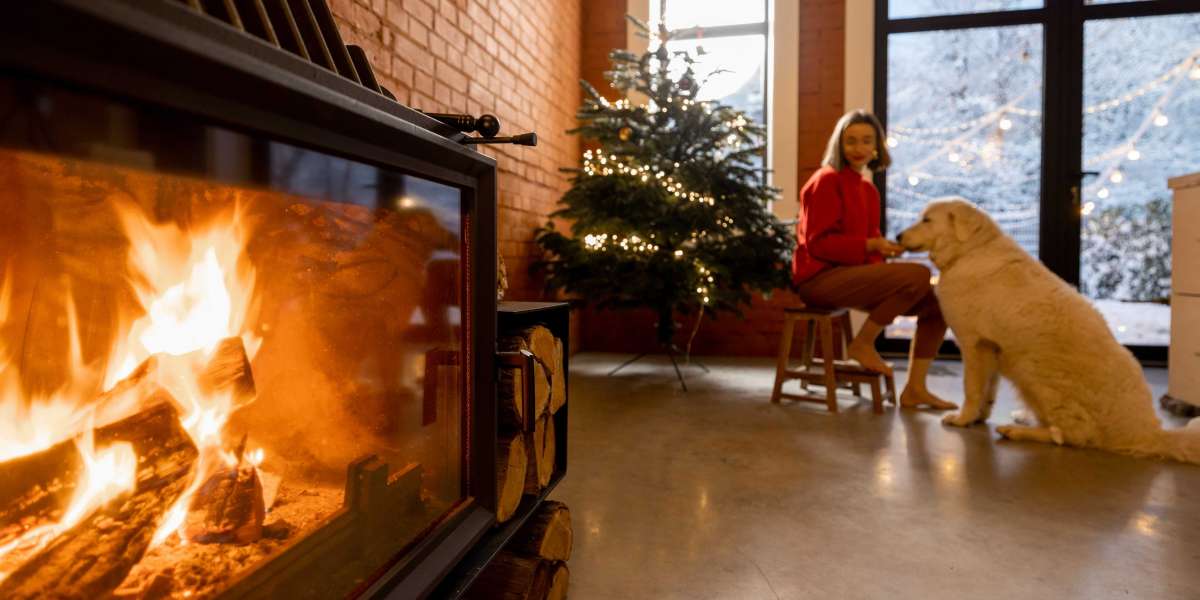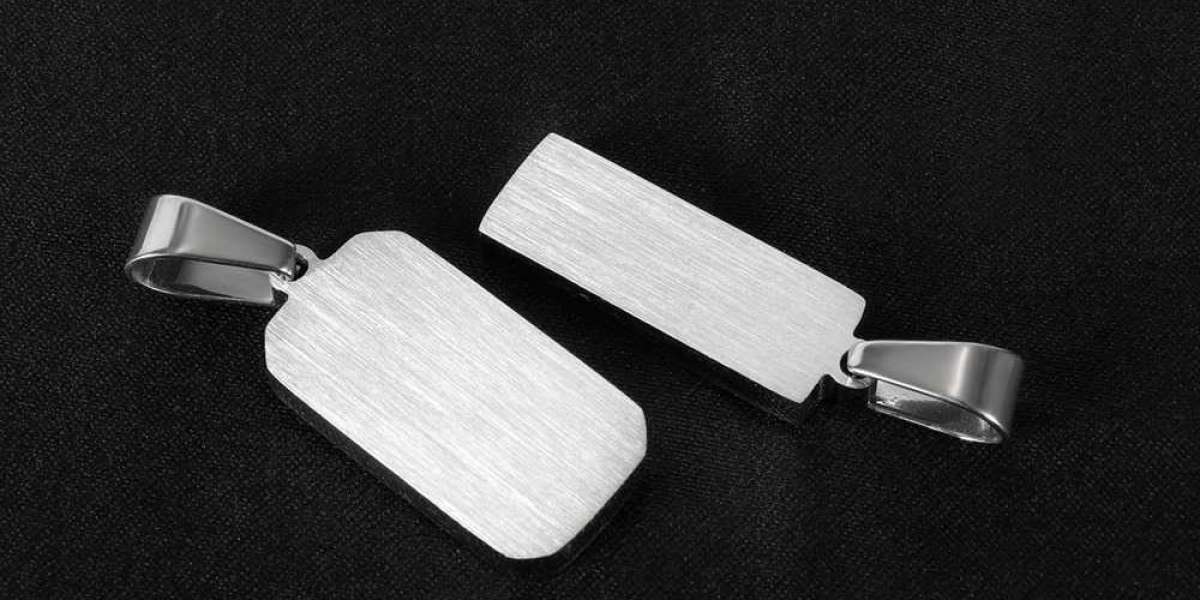 Contrary to traditional open fireplaces, wood stoves are engineered and designed to burn wood. This allows them to meet stricter emission standards.
Contrary to traditional open fireplaces, wood stoves are engineered and designed to burn wood. This allows them to meet stricter emission standards.Wood burning stoves create sparkling yellow flames and soft crackling sounds. They also provide warmth and a warm sensation. However the smoke that it produces is contaminated with carbon monoxide as well as toxic air pollutants such as benzene, formaldehyde and polycyclic aromatic hydrocarbons.
Efficient
Fireplaces and stoves that burn wood provide a beautiful and natural heat to the home, and they are incredibly efficient. A high-quality wood burner can be able to achieve an Ecodesign rating of as high as 77 percent. With the rising cost of energy, it is crucial to make sure you are getting the maximum value from your log stove - the good news is that this is much simpler than ever!
The amount of moisture in firewood is an important factor that determines how efficient a wood-burning stove is. We recommend using only dried and seasoned wood that has dried for at least one year, and often two years. The more dry the wood is and the more efficient it is to burn. This means less smoke, and less harmful emissions.
A wood burning stove is a low-carbon fuel source, which is good for the environment. If you buy locally-sourced wood, you are also helping to support the active conservation and management of forests. This is beneficial for wildlife.
The only thing that a wood burning stove requires in terms of maintenance is that you regularly take away and get rid of the ash. It can be a bit of a nuisance, but it's worth it to ensure that you get the most heat from every log. Furthermore, if you wait 2-3 days for the ashes to fully cool, they can be reused to make an eco-friendly and non-toxic ice melt. They can be used to polish jewelry and also absorb smells.
A wood burner fireplace is a truly timeless classic. Although they're not as popular than gas fires however, there's no denying the charm and enthralling sound of a warm log fire. They're ideal for cozying in the cold winter nights and are a perfect way to create an inviting and warm space in the heart of your home. Make sure you invest in a high-quality wood burner and you'll be benefiting for many years to be! Contact us today to learn more about how our expert chimney sweeps can assist you in getting the most out of your stove.
Low Carbon
Burners that burn clean and efficiently are among the most efficient ways to save money on logs and keep your home warm. They also aid local woodland management. This is a fantastic way to support wildlife in your area.
Wood-burning fireplaces and stoves create very little pollution if they are maintained properly and used with dry, seasoned firewood. If they aren't properly maintained or when they make use of wood that is not of high quality the smoke produced contains fine particles, often referred to as particulate pollutants, which can irritate lung organs and other body organs. It also contains carbon monoxide and harmful air pollutants such as formaldehyde, benzene, and polycyclic aromatic hydrocarbons. Inhaling this kind of air pollution can cause irritation to the lung wheezing, coughing and asthma attacks. It could even lead to serious health issues such as cancer, heart disease or premature death.
Many people are concerned that using a wood burning stove will contribute to climate change, but this is not necessarily true. Burning wood is a carbon neutral energy source. The wood absorbs carbon dioxide throughout its lifespan. After burning, the carbon is released into the air.
Since the wood is sourced locally, this reduces the amount of pollutants released when it is transported. It is also important to select top quality, seasoned hardwoods as these will have a longer and more even burn than softwoods.
Modern wood stoves, including the ones manufactured by Charlton Jenrick, emit significantly less pollutant than older stoves. They have been tested and certified to meet the 2020 EPA standards, which are significantly more strict than previous emissions limits.
All wood burning stoves should be fully vented to the outside of your home to ensure that they don't create a build-up of exhaust within your home. All of our DEFRA-exempt and clean-burn stoves produce very clear exhaust by keeping the flames in the vicinity of the logs of wood and using dry well-seasoned, clean firewood.
A wood-burning stove that has a catalytic converter or hybrid unit can offer the ultimate low-carbon heating solution. These units ignite gasses and particles that were ignited during the initial burning in a second phase by mixing them superheated air. The remaining gasses and particulates are pumped through a catalytic combustion unit for a final and third combustion. This further reduces emissions to levels that are below the government standards.
Clean Burn
Cleanburn wood stoves burn fuel with the highest efficiency possible. This results in the release of very small particles into air when burning wood. The air management system of the stove controls the intake and ventilation of gases, ensuring that the combustion process is conducted in a controlled and sealed environment. It also regulates the flame's height to reduce emissions and maximize the heat output.
This means your chimney and the surrounding area will be cleaner than older stoves. Particulate matter, also referred to as particle pollution, resulting from incompletely burned wood can cause respiratory problems, such as coughing and wheezing, and can contribute to heart disease as well as stroke, diabetes and other serious conditions. Wood burning is also a contributor to poor air quality in cities.
The smoke from poorly combusted wood is a mixture of fine particulate pollution as well as hazardous air pollutants such as carbon monoxide volatile organic compounds, nitrogen oxides, benzene formaldehyde, and polycyclic aromatic hydrocarbons. These particles can be absorbed into the lungs and other organs, causing discomfort, damage and even death. Airborne dust can also harm the surfaces of your home and give a gritty feel to rooms.
It is essential to use only good quality, seasoned and dried firewood for your fireplace with a wood burner. Hardwoods such as oak beech, ash and are the best choice for heating. Hardwoods are incredibly dense and have a higher BTU content than softwoods. They also provide more heat.
You should also check whether your local authority has any regulations regarding wood burning. They could include rules for nuisance or odor and visible emissions, or opacity limits for smoke.
It is essential to keep the glass of a wood stove that has glass fronts free of dirt and deposits. You can make use of a dry towel or oven cleaner spray for this. You can also add bicarbonate soda mixed with water to the glass.
Regular maintenance of your chimney and stove is also crucial. Regular chimney cleanings are required to eliminate creosote, and to ensure that the flue works correctly. It is also important to mark the dates of periodic inspections on your calendar. This will help you to prevent costly repairs and extend the life of your wood burner.
Low Maintenance
Wood burning fireplaces are popular because they provide a natural warmth. This type of fireplace requires some maintenance and upkeep. The chimney, flue, and stove are all possible sources of house fires if they are not maintained and cleaned regularly. Fireplaces can also provide heat in the event of power outage, particularly during winter storms when branches of trees can fall and power lines can be knocked down.
When you use a wood stove to heat your home, you can reduce your carbon footprint as compared to other fossil sources of fuel like gas. Modern wood stoves, inserts, and fireplaces are built to conform to EPA standards (Environmental Protection Agency), which means they produce very little emissions. The more well-seasoned wood that you use, the more efficient the stove will be. You'll need less wood to get the same heat.
They require some maintenance and attention, including making sure they are not in close proximity to burning materials and a screening is installed. Air flow will be improved by keeping the grate clean of ash and debris. This will help keep the fire burning longer and your home clean. It is recommended that your stove and chimney swept at least twice per year to avoid creosote accumulation which could be a fire hazard and a clog that can restrict ventilation.
A wood-burning stove needs to be tended constantly and it could take some time for a new homeowner to master the art of how to light, ignite, and maintain a steady fire in the fireplace. Once you've mastered the art, your wood burning stove will be an excellent source of warmth and comfort in your home.
Wood burning fireplaces are around in one form or another for more than 500 years. They've gained popularity due to their effectiveness, sustainability, and the natural warmth that comes from wood. If you're thinking about buying the purchase of a new heater, consult with your local Regency certified dealer to find out more about the benefits of an insert or stove made of wood for your home.









